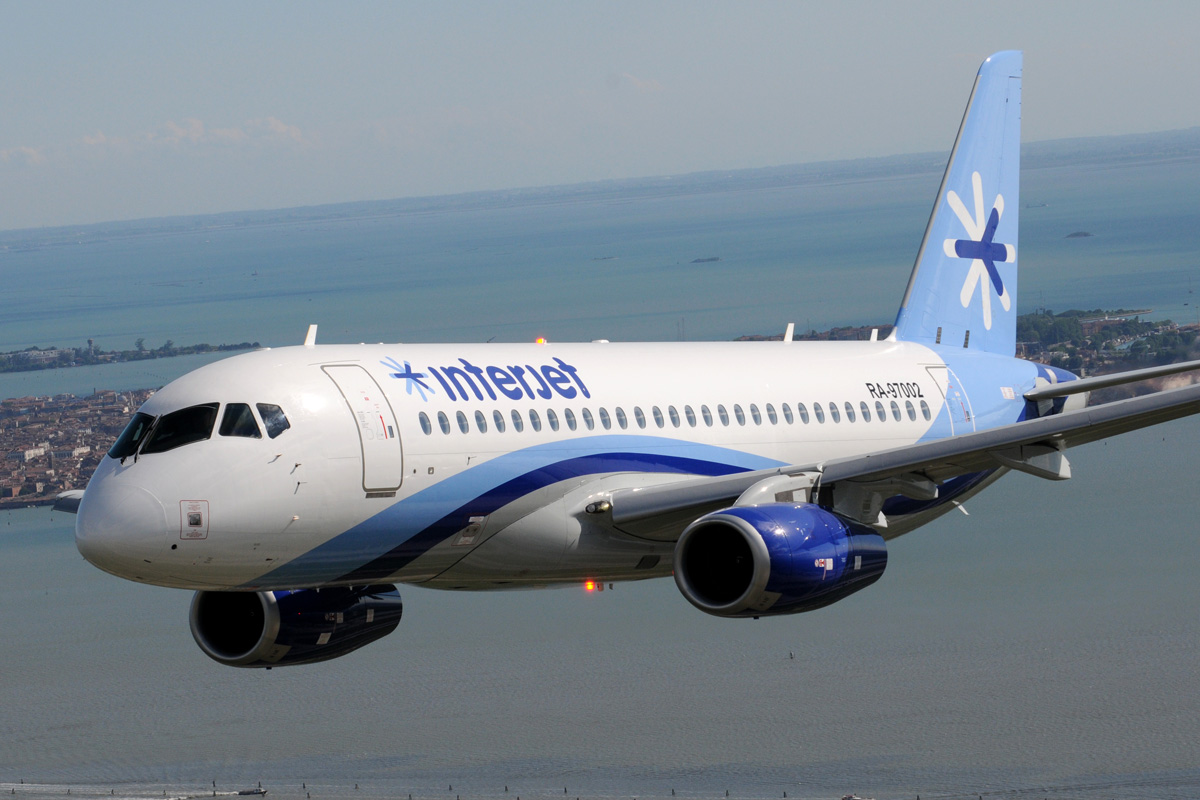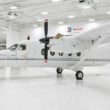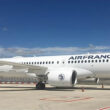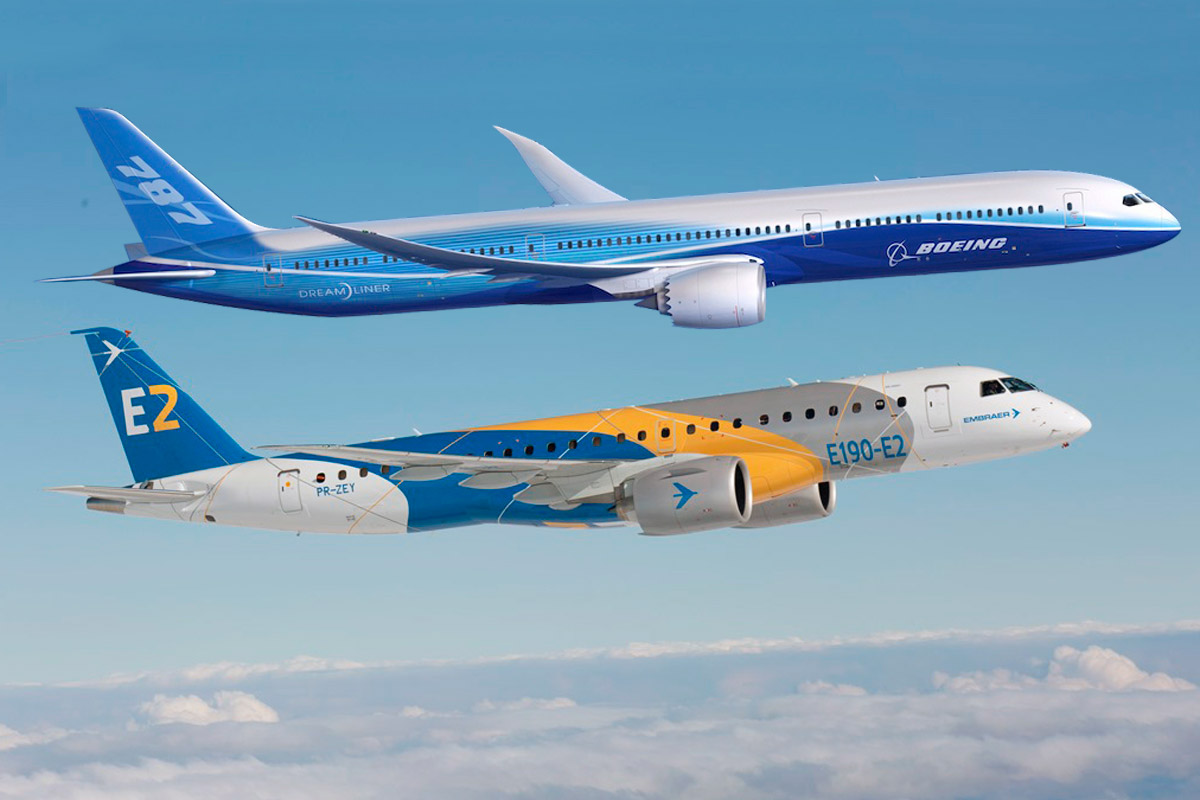Shaken by the lack of imported components, the Russian SSJ100 jetliner is being completely reformulated to overcome this situation and remain alive in the market. In a statement to the TASS agency, the CEO of the state-owned Rostec group, Sergey Chemezov said that series production of the SSJ-New version will start in 2024.
The SSJ100 and SSJ-New are basically the same aircraft. The difference is that the second model has practically no imported components, as announced by Chemezov.
“This jet has an engine, fully [made in Russia] aviation electronics, accessories and most importantly, a fully [made in Russia] fuselage. There’s almost nothing imported there,” said the head of Rostec, the conglomerate that controls all of Russia’s big planemakers.
Popular posts
[wpp range=’last7days’ wpp thumbnail_width=100 thumbnail_height=75 limit=3 stats_views=0 order_by=’views’]Chemezov also said that certification of the SSJ-New “is almost complete” and that the annual production rate will be 20 aircraft. The SSJ-New’s first flight should take place by the end of the year.
The first confirmed customers of the new version of the SSJ will be the airlines Aeroflot, with 34 orders, and Aurora, which has ordered eight units. Deliveries are expected to take place between 2024 and 2026.
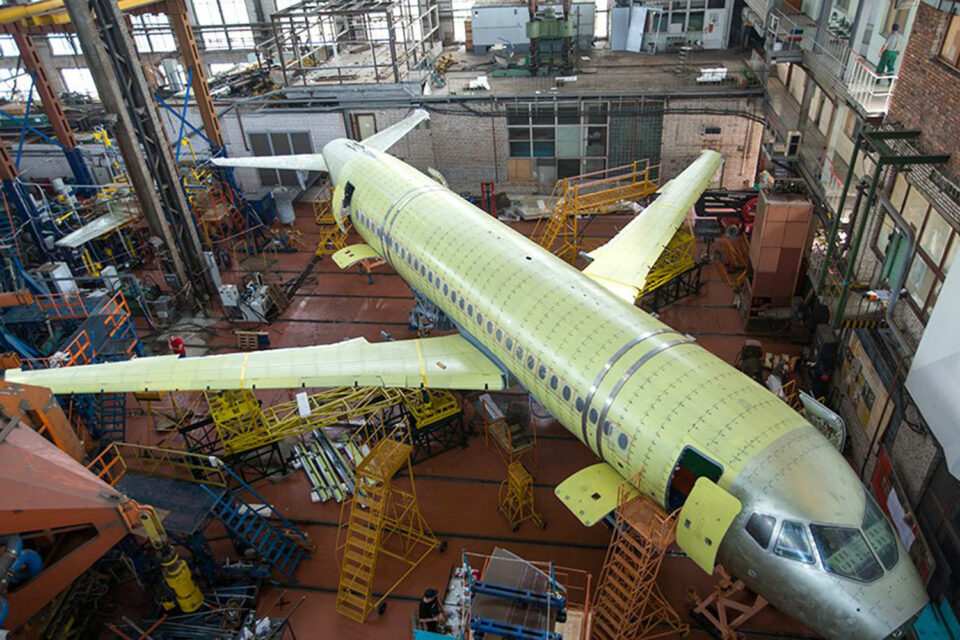
15 years of the SSJ100
On May 19th, the SSJ100 completed 15 years since its maiden flight. The aircraft originally designed by Sukhoi and later transferred to the Irkut portfolio was Russia’s first effort to design a commercial airliner after the demise of the Soviet Union.
The Russian jet with capacity for 100 passengers competes mainly in regional aviation, where Embraer and Bombardier (currently Mitsubishi) dominate.
Follow ADN: Instagram | Twitter | Facebook
However, despite the technical refinement and performance, in more than 10 years of operation in the market, the SSJ100 proved to be a commercial failure.

Virtually ignored by Western airlines, the SSJ100 found demand only from Russian airlines, which purchased around 200 examples of the type.
The Mexican carrier Interjet was one of the few airlines outside the Russian influence area to bet on the aircraft, but it did not have a good experience.
The company operated 22 SSJ100s from 2012 until 2019, when it ran out of parts and support to maintain the fleet. The jets are currently part of an auction for assets by Interjet, which was declared bankrupt in April.
